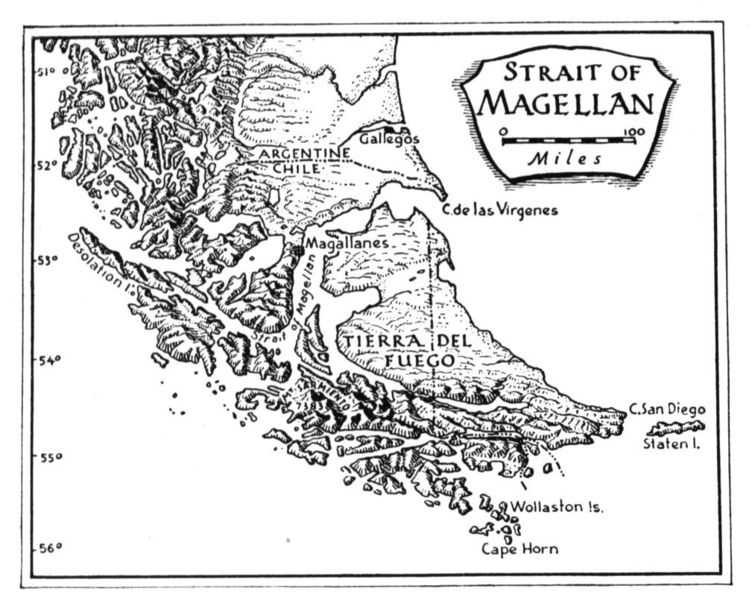Ferdinand Magellan set out from Spain in 1519 with hopes of claiming the wealth of the Spice Islands, or Moluccas, for the Spanish. Two years later the explorer claimed the first European contact with a Pacific island culture when he landed on Guam – 1,500 miles north of the Spice Islands.
Was he the worst explorer ever? No, says North Carolina State University archaeologist Dr. Scott Fitzpatrick. Magellan’s historic circumnavigation of the globe was beset by unusual weather conditions, like El Niño, which eased his passage across the Pacific Ocean but sent him over a thousand miles off course.
Yes, El Niño, bane or boon to global warming debaters, depending on which side you are on. Screwing us all up then too.

The paper, co-authored by Fitzpatrick and University of Calgary researcher Dr. Richard Callaghan, uses computer modeling and historical data to determine the role oceanographic conditions may have played in Magellan’s smooth voyage after rounding the notorious Cape Horn at the southernmost tip of South America and in his decision to sail far north of the Spice Islands – which Magellan knew lay along the equator.
The paper concludes that unusually benign weather conditions, likely associated with an El Niño event, allowed Magellan to sail north and may have persuaded him to continue in that direction to avoid starvation – making Magellan’s voyage not only the first to circumnavigate the globe, but apparently the earliest historical record of an El Niño event.
Specifically, the paper finds that Magellan likely sailed around Cape Horn and directly into the tail end of an El Niño event, resulting in much smoother sailing than would normally have been the case and allowing him to easily sail to the north along the coast of Chile. Fitzpatrick and Callaghan also hypothesize that, after leaving the Chilean coast, Magellan may have chosen to continue on his northerly route in order to take advantage of prevailing winds and currents that had them moving at a good speed and allowed him to rest his sailors, who were by then suffering from scurvy and other maladies.
Magellan claimed that he sailed far to the north of the Spice Islands due to concerns that the islands had no food, and Fitzpatrick and Callaghan found some evidence to support this hypothesis. Their paper notes that the Pacific region appears to have been experiencing an El Niño event in 1519 and 1520 – during the bulk of Magellan’s voyage – and that an El Niño is often associated with drought and accompanying famines in the area.
Fitzpatrick is an assistant professor of anthropology in NC State’s Department of Sociology and Anthropology, and is founder and co-editor of the Journal of Island & Coastal Archaeology.
The paper, “Magellan’s Crossing of the Pacific: Using Computer Simulations to Examine Oceanographic Effects on One of the World’s Greatest Voyages,” was highlighted in the “Random Samples” section of the May 16 issue of Science, and will be published in the Journal of Pacific History in August.






Comments